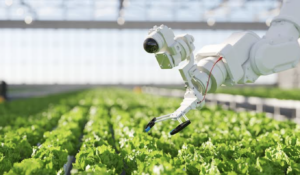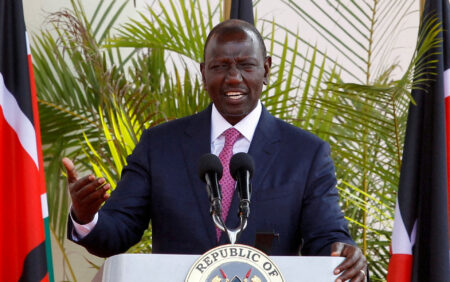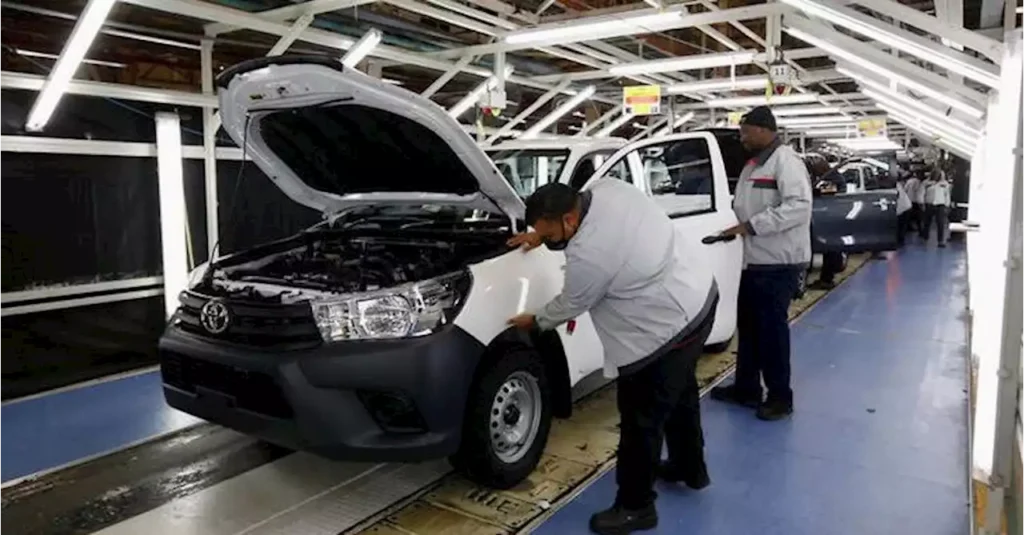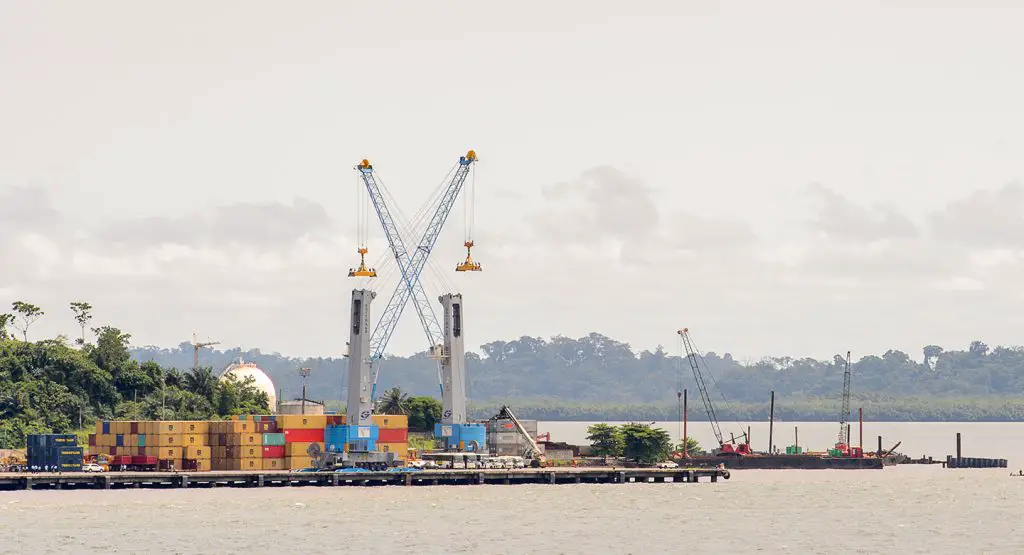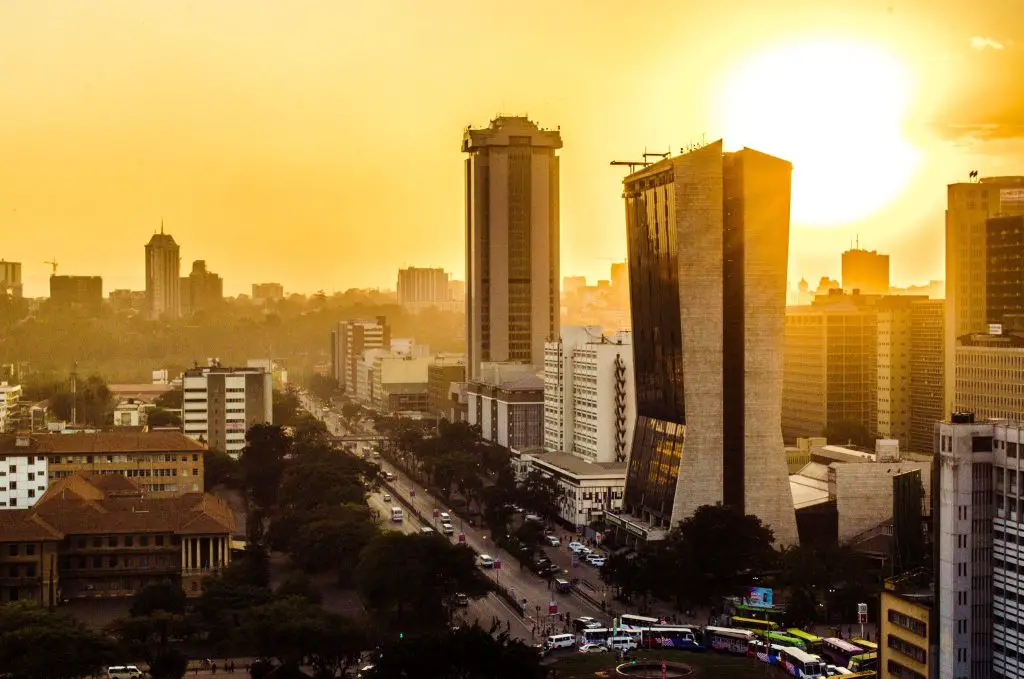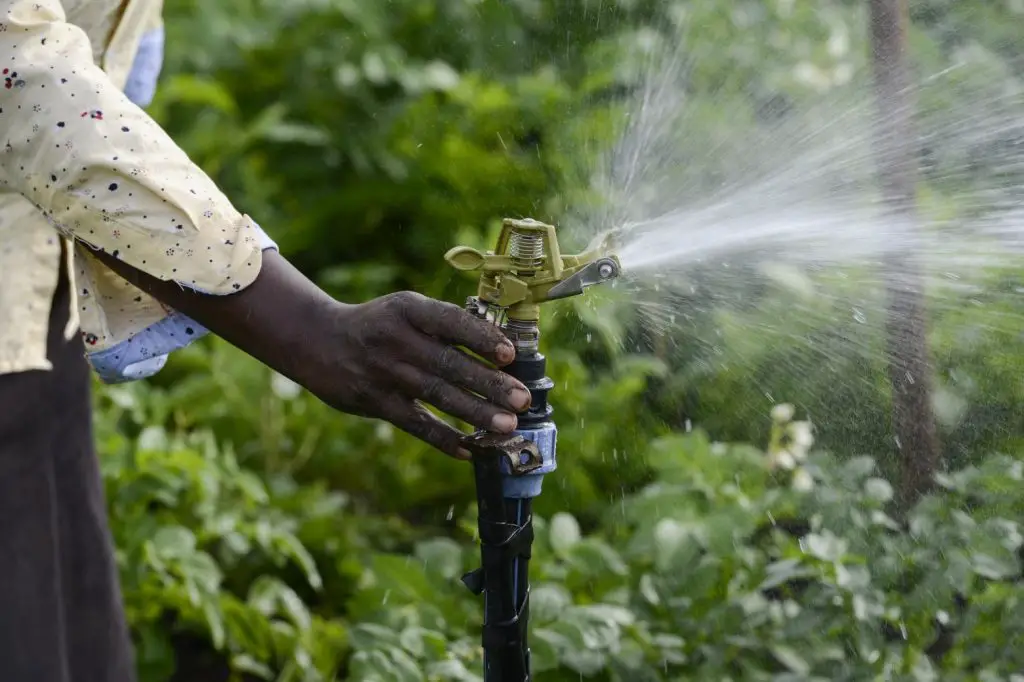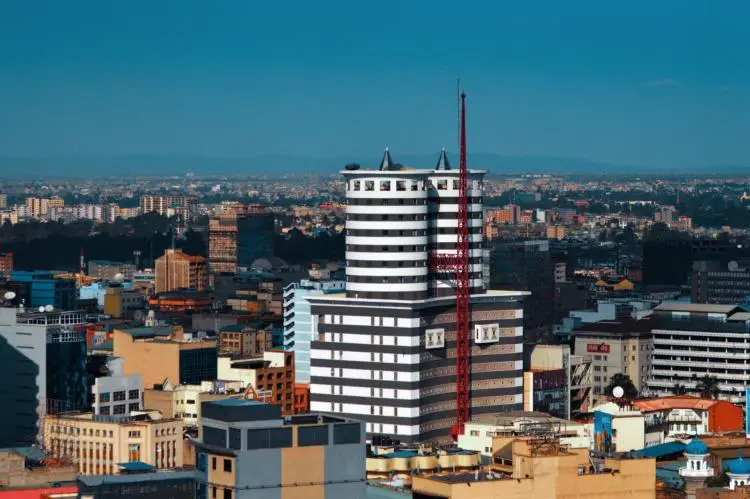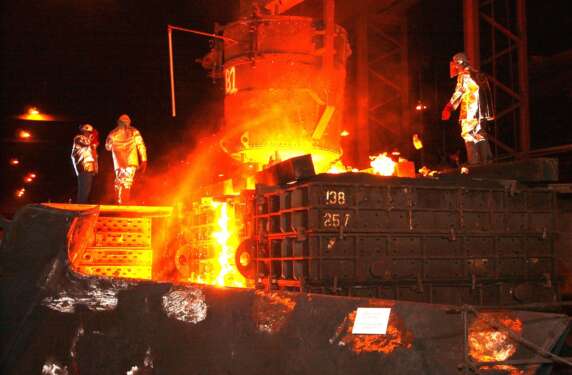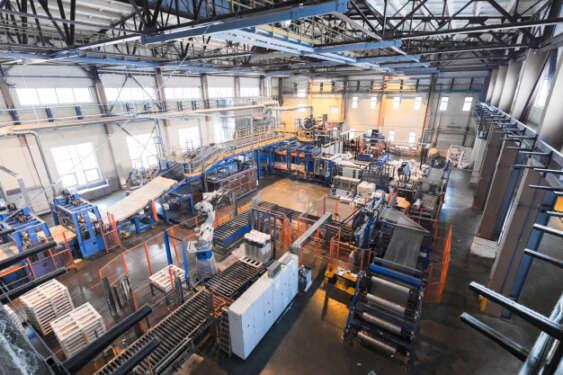- Africa’s new dawn: the rising role of digital and AI in agriculture
- Can Dangote Refinery Transform Africa Energy Ambition
- Gallup Survey: 80 per cent of Kenyan Workers Are Disengaged and Seek New Opportunities
- Madagascar Man Freed from 5KG Tumor After 15-Year Struggle
- How women in Africa are perceived and treated
- Sugar consumption in Kenya to Increase to 1.23 Million Tonnes
- Can Somalia and Turkey Oil deal Bring Change in Somaliland
- Remittances to Kenya dropped to $371.6 million in June, marking a six month low
Browsing: manufacturing
- Kenya’s economic resurgence in 2024 proving a reality following a notable upturn in recent months, marked by positive indicators across sectors.
- According to CBK, leading indicators point to the continued strong performance of the Kenyan economy in the first quarter of 2024.
- According to the World Bank, Kenya’s economic growth is projected to be 5.2 per cent, boosted by increased investment in the private sector as the government reduces its activities in the domestic credit market.
A strong rebound
Kenya’s economic prospects are looking brighter, attributed to the interventions by the World Bank and the International Monetary Fund, which have played a massive role in easing volatility witnessed less than three months ago.
Major economic indicators in the country show that confidence is slowly creeping back after the government secured the International Monetary Fund’s facility to pay back the Eurobond.
The repayments had triggered volatility in financial markets, including the …
Until the Biden Administration, US-Africa trade relations had remained remarkably consistent. Africa Growth and Opportunities Act (AGOA), in place since October 2000 through five separate US administrations, has been the ‘centrepiece’ of this consistency.…
- The Flame Tree Group has announced a profit warning for the year ended December 31, 2022
- The earnings decline is due to an increase of raw material prices, shipping costs, as well as depreciation of the local currencies against the US Dollar (USD).
- It is predicted that earnings for the year will be at least 25 percent less than the level of earnings in the previous year.
Kenya’s manufacturing giant, Flame Tree Group has announced a profit warning for the year ended December 31, 2022 stating that the earnings will be at least 25 percent less than the level of earnings in the previous year.
The firm attributes the decline to the increase of raw material prices, shipping costs, as well as depreciation of the local currencies against the US Dollar (USD).
According to the firm, the price of plastics have gone up by 70 percent compared to 2021 while …
Seasonal adjustment is a means of removing the estimated effects of normal seasonal variation from the series so that the effects of other influences on the series can be recognised more clearly. Seasonal adjustment does not aim to remove irregular or non-seasonal influences which may be present in any particular month. According to Stats SA, seasonally adjusted estimates are generated each month using the X-12-ARIMA Seasonal Adjustment Program developed by the United States Census Bureau.
Seasonally adjusted manufacturing production increased by a total of 1.9 per cent in the third quarter of 2022 compared with the second quarter of 2022. Seven of the ten manufacturing divisions recorded positive growth rates over this period.
The largest positive contributions were made by motor vehicles, parts and accessories and other transport equipment division which increased by 21.1 per cent. The food and beverages division increased by 4.0 per cent contributing 0.9 of a …
The World Bank estimated the value added in Gabon’s agriculture, forestry, and fishing sectors to be 6.404 per cent of GDP in 2020, a good sign to invest in Gabon.
Gabon imports the bulk of its cereal requirements through commercial channels, with cereal imports accounting for approximately 90 per cent of the total cereal utilization. Imports of cereals in 2021 were estimated at a slightly below-average level of 171,000 tons, including about 110,000 tons of wheat and 55,000 tons of rice.
Gabon is facing escalating agricultural food prices, especially wheat since the war in Ukraine began in February 2022. To keep domestic wheat prices below 25,000 CFA, the government formally budgeted a subsidy of 4,700 CFA (US$7.55) per 50-kg bag to the country’s wheat importers, led by France’s Société Meunière et Avicole du Gabon company.…
East Africa’s economy is booming, with yearly GDP growth trending upward. The region’s GDP was expected to grow by roughly 5 per cent by 2020. Despite the Covid-19 epidemic, the region increased by 3 per cent in 2021 and is expected to increase to 5 per cent in 2022.…
A report published by Lexology on January 18, 2022, Zimbabwe’s economy is largely driven by the mining, agriculture, and tourism sectors. However, because of Zimbabwe’s foreign currency shortages, there is a significant focus on export-oriented and foreign currency-generating activities.
This allows investors, businesses, and the government to retain value and meet the country’s forex needs. Zimbabwe’s main exports are minerals, agricultural produce, and soft commodities. She also has large reserves of chromite, coal, gold, and iron ore, among others. The country is also one of the world’s largest growers of tobacco.
According to research by Mordor Intelligence, Zimbabwe is a signatory of several bilateral and international agreements (MIGA, OPIC, ICSID, and UNCITRAL) that protect the investments of the companies in Zimbabwe. Zimbabwe has cheap educated, and competitive labour, well-developed infrastructure, and easy access to regional and global markets through its membership in AU, COMESA, SADC, COPAC, and CISSA. Zimbabwe offers …
Kenya has announced plans to revive small industries across the country, in a bid to spur value addition and market access for targeted products through projects led by the youth.
The Trade, Industrialization and Enterprise Development Principal Secretary Kirimi Kaberia said the ministry has completed mapping out villages and their unique products countrywide, according to Business Daily.
According to the PS, the Ministry is looking to attract more youth into manufacturing through cottage industries.
Kaberia said the government’s plan is to have functional industries in the next 12 months through transfer of resources in the rural areas.
“We want to have an environment where local people consume what they produce,” he said.
The plan, dubbed ‘one village, one product’, is part of Kenya’s Vision 2030.
Why Kenya’s manufacturing is uncompetitive
It is also part of the government’s plan of growing the contribution of the countries manufacturing to GDP from 11 …
A healthy manufacturing sector is a fundamental path to economic growth and development. It is key in creating employment as it absorbs the unemployed population into productive decent paying jobs that help improve their standards of living. Historical evidence shows how industrialisation has transformed countries such as the United Kingdom, Germany and most recently, China, by growing their economies tremendously and earning them amongst the best performing economies in the world. According to the Global Manufacturing Competitive Index, South Africa, Egypt and Nigeria are leading in the evolution of manufacturing in Africa, while Ethiopia and Morocco are following closely behind; all of them have adopted policies that promote manufacturing development. …
The Kenya Association of Manufacturers urged the government of Kenya to urgently address the way to economic recovery following the immense effects of the pandemic.
This was said during the launch of the Kenya Association of Manufacturers (KAM) 2021 Manufacturing Priority Agenda (MPA), themed “From surviving COVID-19 to thriving: Manufacturing sector rebound for the sustained job and investment growth”.
Speaking during the Agenda launch, Mr Mucai Kunyiha, the KAM chair said that the economic recovery highly depends on the goodwill and full commitment from the government.
He explained that “Efforts to enhance our productivity are hampered by the increasing cost of doing business and low competitiveness. Some of the issues that contribute to this are regulatory overreach high cost of energy, transport, and logistics costs. To resolve these headwinds, it is paramount that the government and its agencies strongly commit and demonstrate goodwill to securing the future of our country’s …
